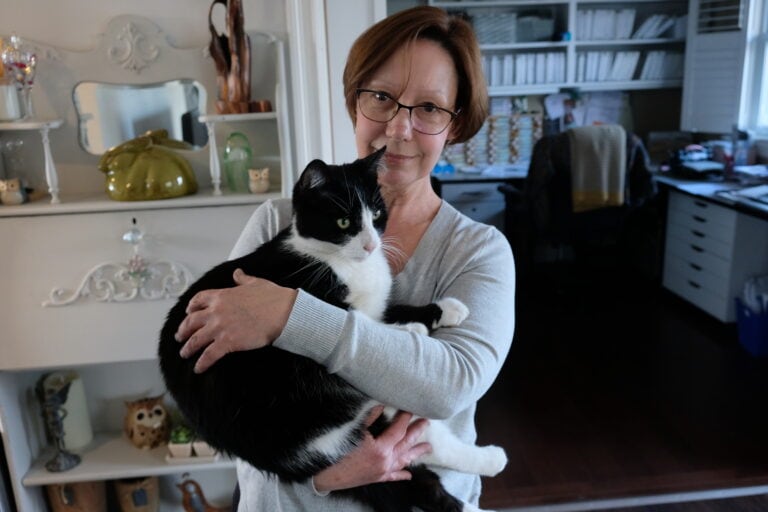As cases of COVID-19 continue to rise in Niagara and across the province, ICU and hospital admissions are passing totals from the peak of the second wave and far exceeding what they were during the first wave, says Niagara's chief medical officer.
This week there were more than 600 people in ICU with COVID-19 across Ontario and that number could reach 800 before the provincewide lockdown starts to bring cases back down.
Dr. Mustafa Hirji said, “There was some discussions by some ICU doctors this weekend saying that really the very maximum that the hospital system could probably absorb would be about 900 ICU admissions, if they close off all beds and start to reallocate them towards the ICUs. And so that means we don't have a lot of room for error here if things continue to go up. So it's definitely a bleak time in terms of our hospitals.”
He said it will likely take about two weeks from the start of the lockdown on April 9 before cases and hospitalizations start to fall. It will take even longer to get them back to safe levels to reopen.
“I think what's also really notable here is that it was mid-February when we started to have the province move towards reopening and you can see that even in mid-February our ICU admissions were higher than they were at any point in the first wave,” Hirji told reporters Monday.
Now, he says ICU admissions are “well above” where they were at the peak of the second wave.
With the previous reopening, “there was no longer the ability to continue to see hospitalizations and ICU admissions come down. So as we go into this third wave, we're basically starting from a very high point of ICU admissions and hospital admissions, which is why we're entering such a danger zone now.”
Locally, the Niagara Health hospital site in St. Catharines has seen hospital admissions rise from eight to 28 in a week, with many of the patients transferred from other hospitals within the GTA.
“Our hospitals are trying to help out the parts of Ontario that have been overwhelmed and don't have any more beds,” Hirji said.
And with the high number of cases and hospitals filling up, there has been a “real impact” on contact tracing.
“Our ability to follow up with cases has declined,” he said, noting the province wants public health to check in with at least 90 per cent of cases within 24 hours.
“We've not been meeting that over the last couple of weeks,” he said, adding they've not been able to follow up with contacts on a timely basis and that investigations are now “cursory” and much less in-depth.
“When we had a smaller numbers of cases, we would do detailed interviews to find out who the contacts were, follow up with the contacts, make sure they had all the supports needed so that they would actually isolate during a time when they could become sick — we're not really able to do that anymore.”
As a result, contact tracing is now likely “much less effective,” he said.
“I think that's really what we're seeing across the province. We really do need to see cases come down to a much more controlled level for us to have contact tracing be an effective way to follow up with cases.”



.jpg)







